Voice search optimization techniques that will boost your e-commerce sales
Just as people switched from using computers to mobile, voice search is now quickly changing the way that consumers look for products or services they’d like to purchase.
With Google and other tech giants unveiling new features or improved capabilities of virtual assistants and voice interfaces such as Siri, Cortana, Google Voice Search and Alexa, it really won’t take long before much or all of the queries for products or services are asked via voice search.
In fact, 58% of consumers have used voice search to find local business information within the last year. According to OC&C Strategy Consultants, voice commerce sales will reach $40 billion by 2022 and in the same year, 50% of consumers will use voice shopping.
Here’s a snapshot of what users have been searching for using voice search:
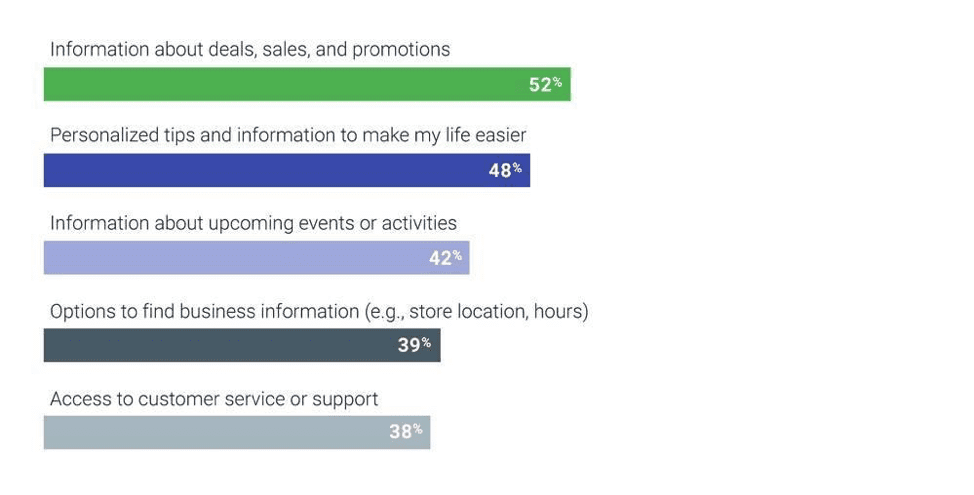
[Image via Wordstream]
Here are some of the ways that you could optimize your e-commerce site for voice search and use it to your advantage:
Improve your website’s speed
Because we’re now living in a fast-paced world, users have very little patience for slow-loading websites. The first step towards reaping the benefits of ranking high for voice-related searches is making sure that your website’s load speed is at 3-5 seconds.
Google favours websites that load quickly, so getting on the first page of the search result is one thing, but making sure that site visitors do what you intend them to do is another. The goal is to provide visitors with a pleasant user experience, allowing them to browse products and pages without having to wait too long for each page to load. This way, they can view and buy more than just the product intended to buy initially, thus, translating to more sales.
Download our Premium Resource – Practical e-commerce merchandising advice
Merchandising retail products online isn't easy, given the number of products and the many options to feature them through customer journeys. However, by following these tips, your conversion rates and average order value can significantly improve.
Access the Practical e-commerce merchandising advice
When our website, Crowd Work News, had bounce rates of 80% or higher for three consecutive months, the number of site visitors was cut down tremendously. The good thing is that Google has created multiple tools to help webmasters assess the speed of their website. PageSpeed Insights, for example, provides recommendations to reduce the website’s loading time. After creating a plan, we did the following to improve our website’s speed:
- We changed our hosting provider and chose one with updated environment variables. They provided a service that clears the website’s cache at regular intervals.
- We optimized all the images using a plugin.
- We removed most of the unused and resource heavy plugins.
- We minimized the number of redirects.
- We incorporated an internal linking strategy and improved the website’s architecture so visitors can jump from one page to another easily.
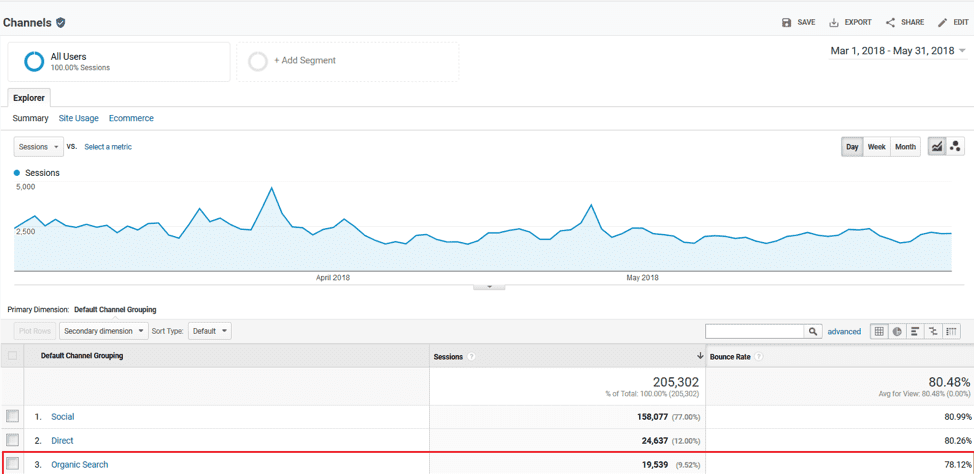
Pre-optimization traffic is at 19,539.
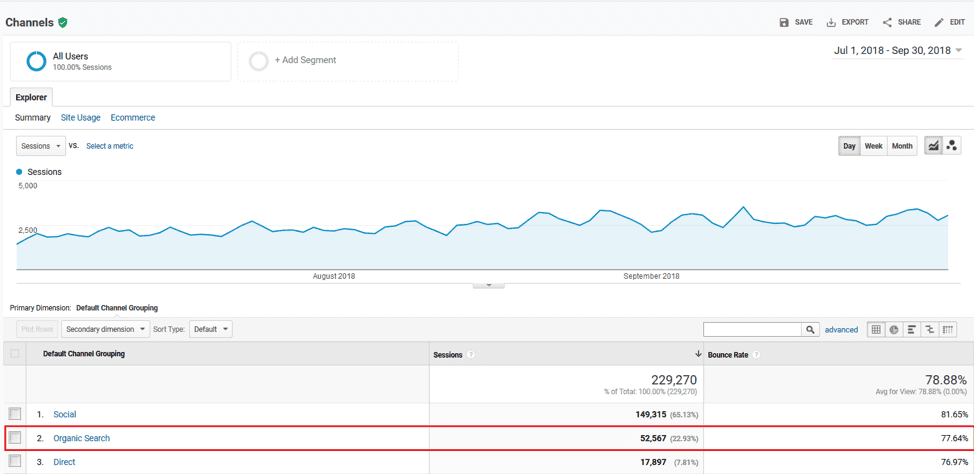
Post optimization traffic is at 52,567.
Optimize for mobile
Selling products on e-commerce sites like Amazon could be preferable for some because they don’t need to worry about a lot of things, such as having a dedicated hosting server, what plugins to use and ensuring that their website is responsive and mobile-friendly. Amazon does all this for their sellers.
Optimizing an e-commerce site for mobile, on the other hand, is much harder compared to optimizing a company website. Because e-commerce sites need to have high-resolution images of hundreds - if not thousands - of products, it can be a bit challenging to make each page load as fast as they should and still look appealing on mobile.
As an e-commerce business owner, you need to make sure that both your web designer and developer know the importance of optimizing product images without sacrificing quality. Viewing the website using devices with different resolutions will also help you see if there are pages that don’t look good on mobile, or if there are parts of product descriptions that are hidden or overlaid by an image.
Remember, terrible mobile experience can jeopardize your rankings, be it for text-based or voice search.
Aim for Google’s snippets
Placing valuable pages in Google’s featured snippets would be a game changer for e-commerce businesses. Ranking in "position zero" or "position V" for voice search will not only boost the website’s traffic but ultimately, its sales.
In order for your page to become a featured snippet, it has to contain rich snippets or additional information (including ratings or number of product reviews for example) that are not found in normal snippets. Google loves prioritizing pages with rich snippets made of structured data because it perceives these pages as relevant and helpful to people who are searching for related products or services.
Here is a sample of a featured snippet when the phrase ‘best toys to buy for toddlers’ is Googled using voice search.
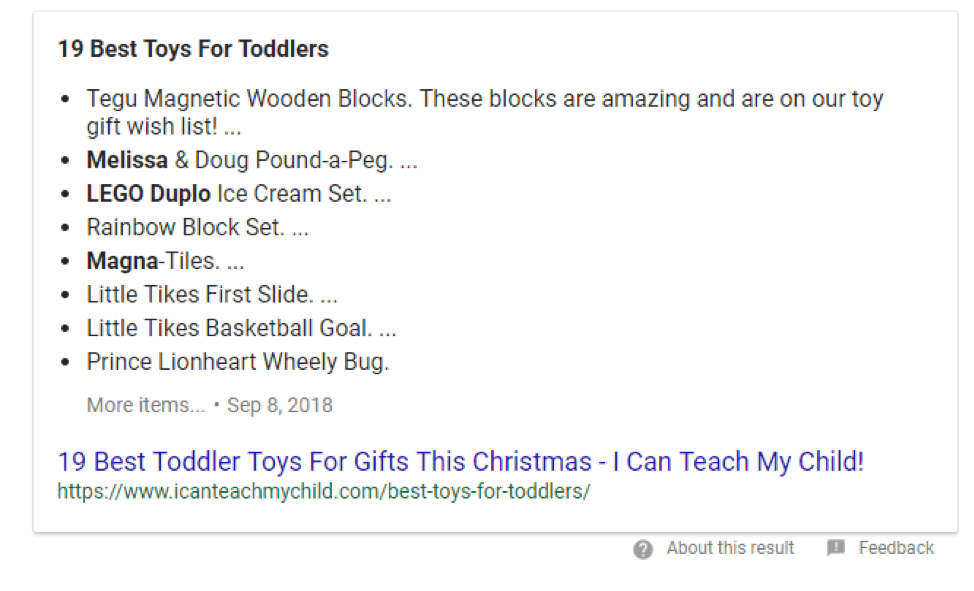

Use natural language and long-tail keywords
People use different words when typing on search engines and when doing a voice search. It is important for e-commerce websites to use natural language because humans tend to communicate with their devices and start a conversation the way they interact with other human beings. When typing for a certain product, for example, a user might type short phrases such as "best running shoes" or "buy running shoes for women".
But with a voice search, the queries are longer than their text counterparts. The same query as above will now be "what’s the best running shoes to buy?" or "where can I buy running shoes for women?".
E-commerce sites also need to optimize their content to have long-tail keywords and product pages should answer specific questions containing trigger words like who, how, what, where, best, where, why and when because these are the questions that users ask using voice search. It is worth noting that there are linguistic patterns that apply to most of the queries.
Strategize on what keywords to use and pattern the content of your site as though you’re answering a question regarding your products and services.
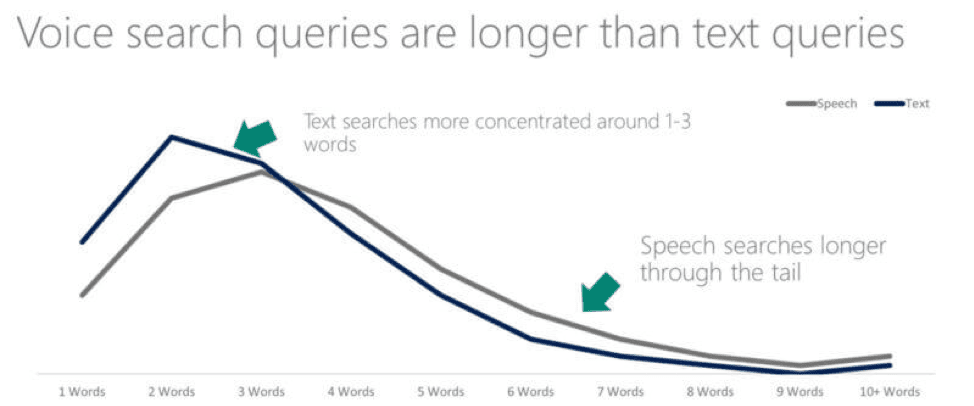
Keep local SEO in mind
According to Moz, mobile voice-related searches are three times more likely to return locally-based results because our smartphones know our locations. So, in order to optimize your e-commerce website for voice search, you should use keywords that are based on searchers’ intent and local needs.
For example, if you do a voice search and ask the question ‘where can I buy maxi dresses’, the results feature shops that are near you and not generic pages that contain keywords about maxi dresses.
Updating your local and business listings with SEO best practices in mind will help your website gain more visitors and get more products sold.
Due to the explosion of smartphone technology, voice search is now revolutionizing people’s search patterns and behaviour. Businesses must put an effort into optimizing their site for voice search before it completely takes over text-based search.
As voice search technology gets more accurate and virtual assistants more intelligent, the key to outranking your competitors and getting more sales could just be a voice search away.
Sireesha is a career blogger and founder of
Crowdworknews.com. She loves discovering new ways to earn money online through legitimate online businesses and side hustles. She has successfully grown her online business from scratch to a full-time gig in just two years. Sireesha has been featured on websites like Moneyish, Payoneer, Side Hustle School, and MyCorporation.













